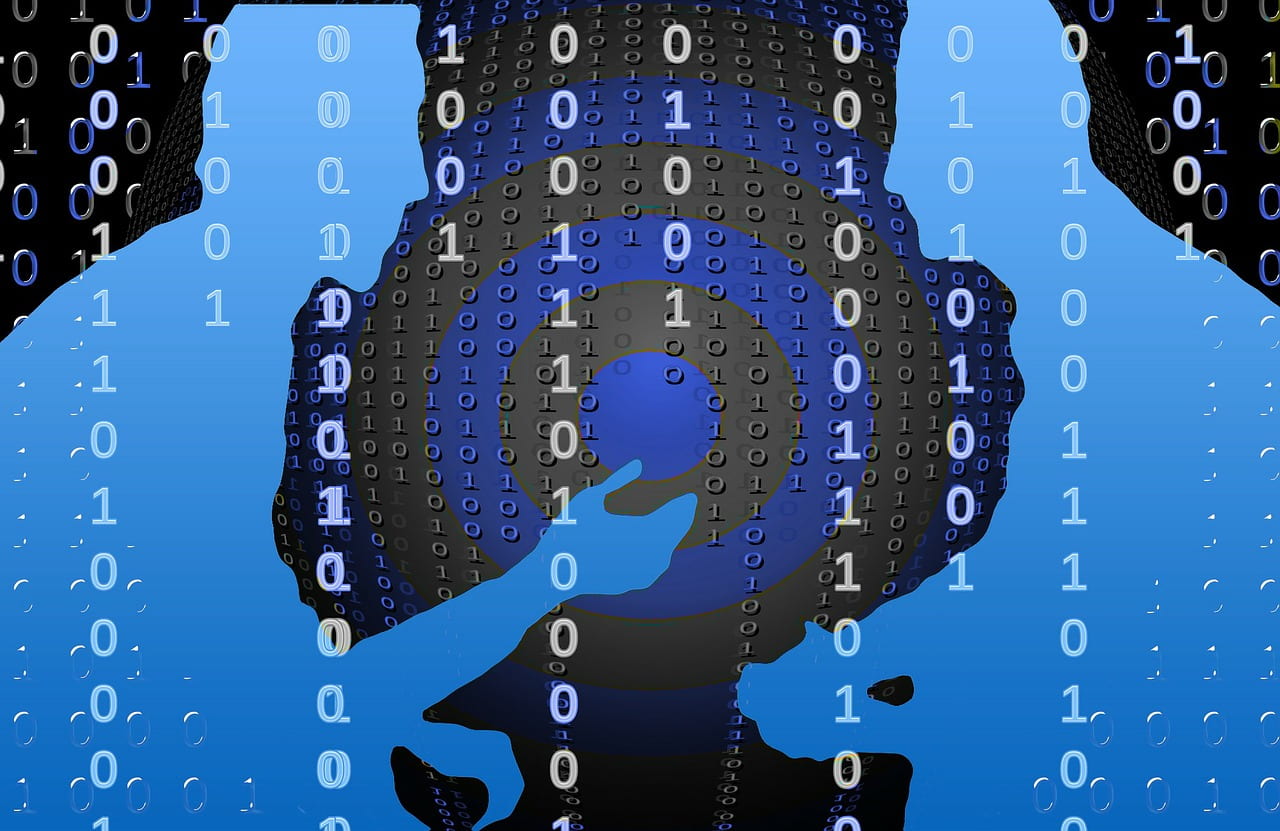Not too long ago, my fellow interns and I met with visiting scholars from The American Antiquarian Society to discuss how digital scholarship can enhance the field of Native American Studies. (Victoria Turner wrote an excellent post about that dialogue with those AAS Fellows). One of the most enlightening moments of that discussion was when the AAS Fellows revealed the slight discomfort that humanities scholars have with the digital humanities. Despite all of the possibilities of DH to expand access to literary and historical knowledge, they suggested that at times, digitization can actually distance scholars from the original works. I definitely agree: reading through a digitized text of an original work can be quite different than actually holding the physical edition with your hands (it’s part of why I still prefer checking out books from the library over e-books). The book covers in the Kim-Wait Eisenberg Collection of Native American literature provide a unique, distinct historical field of study in their own right. Viewing digitized book covers, author portraits, and illustrations could help to humanize and enhance the experience of interacting with an otherwise unexicting electronic text.
In addition to digitizing book covers and other printed material, we can also simulate the physical experience of engaging a physical work by using video and audio tools to engage our audience. This may mean incorporating voice-over readings of the texts or even including interviews of scholars and archivists to give a human face or voice to the project.
What I’m trying to say is that our upcoming digital scholarship project this summer should keep the “human” in the digital humanities. As we begin the planning process for our digital project, we can’t get too caught up in digital tools and data that we forget about the cultural and emotional aspects of digital scholarship. Being mindful of the relevance and significance of our work for Native American communities and scholars should be just as important as assessing digital methodologies and data management.
I’m not sure necessarily what would make our particular digital project more human– that may depend on the investigative goals of the project itself and the digital tools we decide on; regardless, we need to go about this project with a particular mindset. We need to be aware of our audience and think about how to make their interaction with digital scholarship as authentic as possible.
